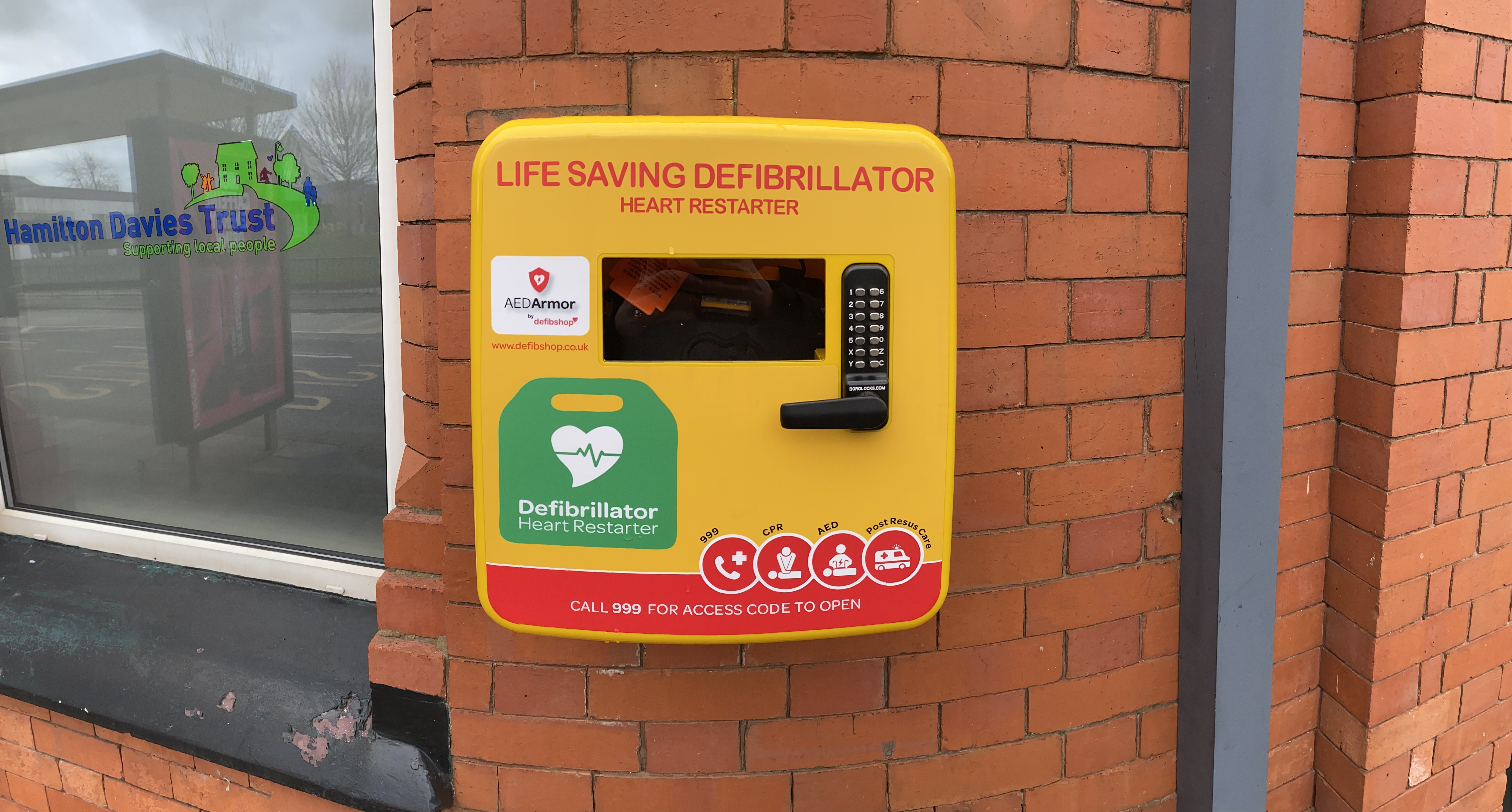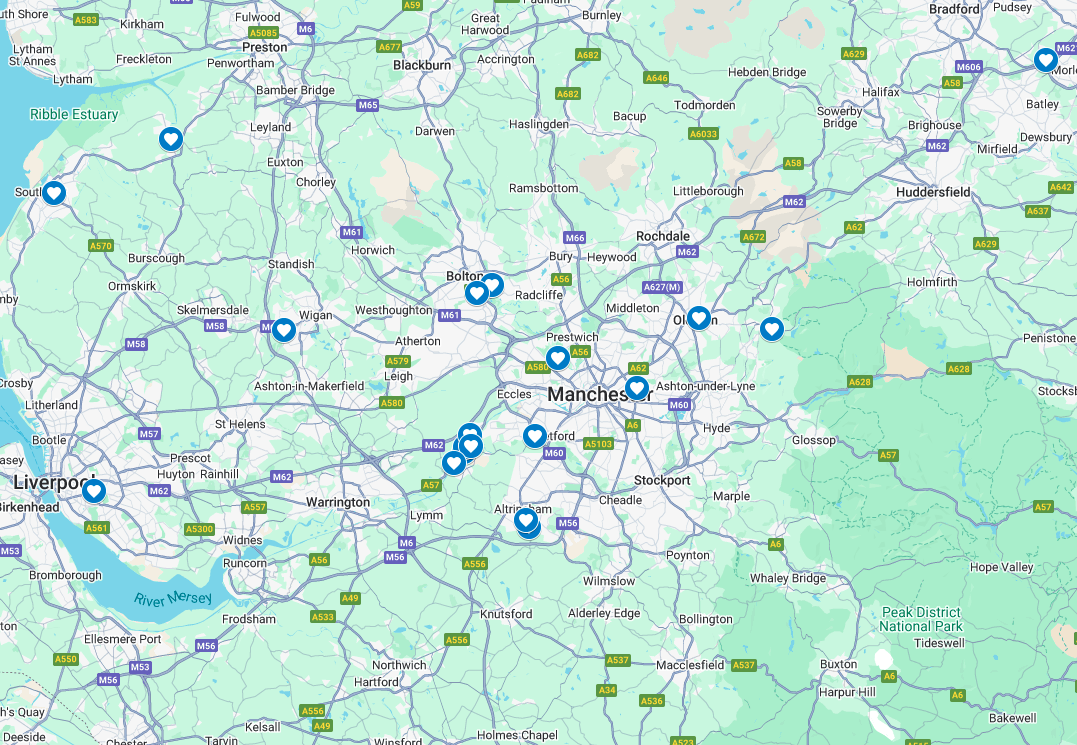Heart Attack or Cardiac Arrest?

Sudden Cardiac Arrest is different to a Heart Attack. Both events require different treatment to increase the patient's survival chance.
We explore the differences and treatment requirements of Sudden Cardiac Arrests and Heart Attacks.
What is a Cardiac Arrest?
Cardiac arrest is an electrical malfunction of the heart. The electrical malfunction causes the heart to quiver, stopping the blood from being pumped around the body and depriving the vital organs.
Symptoms
Cardiac Arrest occurs with no warning or symptoms. Unlike other cardiac events, it does not discriminate and factors including your current health condition, age, and gender do not feature when determining the cause.
Treatment
The only definitive treatment for Sudden Cardiac Arrest is effective CPR, performed on a ratio of 30 chest compressions to 2 rescue breaths and a shock from a defibrillator.
Once retrieved, the electrode pads need to be attached to the patient’s bare chest to analyse the heart rhythm. Data is relayed back to the defibrillator and used to determine if a shock is advised. If no shock is required, no shock will be delivered.
If a shock is necessary, the defibrillator will charge and deliver the shock automatically or instruct the responder to do so. The electric shock stops the patient’s heart, allowing their natural pacemaker to restart the heart in a regular rhythm.
After the shock has been delivered, responders need to follow the instructions provided by the defibrillator until medical assistance arrives.
For every minute that treatment is delayed, the patient’s survival chance decreases by 10%. Treatment delivered within 3-5 minutes of collapse increases the chance of survival from 6% to 74%. Providing treatment swiftly provides the best chance of survival.
What is a Heart Attack?
Heart Attack occurs when blood flow cannot reach the heart due to a blocked artery. The most common cause of heart attacks in the UK is Coronary Heart Disease (CHD) which holds the title of the world’s leading cause of death.
Symptoms
Symptoms of a heart attack vary depending on the patient. Symptoms include discomfort in the chest, back or jaw, shortness of breath, cold sweats and a feeling of sickness. Some victims feel symptoms instantly, others feel them develop.
If left untreated, heart attacks lead to Cardiac Arrest.
Treatment
Heart Attacks are responsible for more than 100,000 hospital admissions every year, 280 admission every day or 1 every 5 minutes. It is estimated approximately 1.4 million people are alive in the UK who have suffered a heart attack.
As with Cardiac Arrest, providing treatment as quickly as possible will provide the victim with the highest chance of survival.
When blood cannot flow to the heart, the affected chamber will begin to die due to oxygen deprivation. Upon discovering someone suffering a heart attack, dial 999 and advise the casualty is suffering a heart attack.
Providing the casualty is not allergic, have them chew and swallow Aspirin. This medication helps thin the blood, allowing easier blood flow. Responders need to begin CPR if the victim falls unconscious. This will keep blood pumping around the body.
Know the Differences
Knowing the differences between a Heart Attack and a Cardiac Arrest will provide victims with the highest chance of survival and allow you to save a life.
Do you want to know more about learning to save a life? Take a look at our Training Courses.
defibshop are committed to equipping everyone with the skills and knowledge to save a life. Speak to one of our Product Specialists on 0161 776 7422 or fill out our Contact Form.












